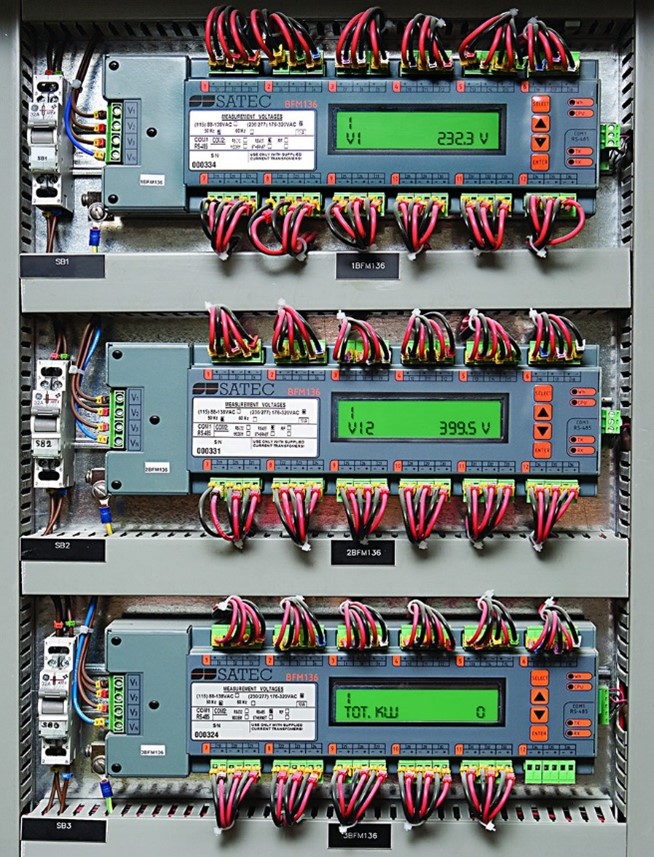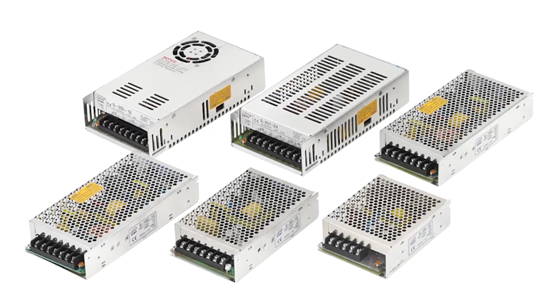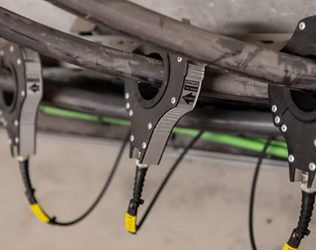Want to know what is flow meter? Flow meters are essential devices used to measure the flow rate of liquids or gases in various industrial and commercial applications. They provide accurate and reliable data, which is crucial for monitoring and controlling processes. This article explores different types of flow meters, including magnetic, electromagnetic, mass, Coriolis, ultrasonic, turbine, vortex, air, and water flow meters, highlighting their unique characteristics and applications.

What is a Magnetic Flow Meter?
A magnetic flow meter, also known as a magmeter, operates on the principle of Faraday’s Law of Electromagnetic Induction. It measures the flow rate of conductive fluids by generating a magnetic field and detecting the voltage induced by the fluid’s movement through this field. The key components include a non-magnetic flow tube, electrodes, and an external magnetic coil.

Advantages
No moving parts, reducing maintenance requirements.
Suitable for dirty, corrosive, and viscous fluids.
High accuracy and reliability.
Applications
Water and wastewater treatment.
Chemical processing.
Food and beverage industry.
What is an Electromagnetic Flow Meter?
Electromagnetic flow meters are similar to magnetic flow meters but are specifically designed for applications involving conductive liquids. They are non-intrusive and provide a high degree of accuracy and stability over a wide range of flow rates and fluid conditions.

Advantages
Wide turndown ratio.
Minimal pressure drop.
Insensitive to changes in temperature, pressure, and viscosity.
Applications
Water distribution.
Pulp and paper industry.
Pharmaceuticals.
What is a Mass Flow Meter?
Mass flow meters measure the mass flow rate of a fluid traveling through a tube. They provide direct measurement of mass flow without the need to infer it from volumetric flow rate and density. This makes them particularly useful for applications where the mass of the fluid is a critical parameter.

Advantages
Direct measurement of mass flow.
High accuracy.
Unaffected by changes in temperature and pressure.
Applications
Chemical and petrochemical industries.
Gas flow measurement.
Food processing.
What is a Coriolis Flow Meter?
Coriolis flow meters are a type of mass flow meter that uses the Coriolis effect to measure the mass flow rate. As the fluid flows through vibrating tubes, the Coriolis force causes a phase shift in the vibration, which is proportional to the mass flow rate.

Advantages
Extremely high accuracy.
Measures both mass flow and density.
Suitable for a wide range of fluids, including slurries and gases.
Applications
Oil and gas industry.
Pharmaceuticals.
Custody transfer.
What is an Ultrasonic Flow Meter?
Ultrasonic flow meters use sound waves to measure the flow rate of a fluid. They can be classified into two types: transit-time and Doppler. Transit-time ultrasonic flow meters measure the time difference between ultrasonic pulses traveling upstream and downstream. Doppler ultrasonic flow meters measure the frequency shift of an ultrasonic signal reflected by particles or bubbles in the fluid.

Advantages
Non-invasive, with no moving parts.
Can measure flow in both directions.
Suitable for clean and dirty fluids.
Applications
Water and wastewater management.
HVAC systems.
Power generation.
What is a Turbine Flow Meter?

Turbine flow meters measure flow rate by detecting the velocity of fluid flowing through a turbine rotor. As the fluid moves through the meter, it causes the rotor to spin. The rotational speed of the rotor is proportional to the fluid velocity, which is then converted to a flow rate.
Advantages
High accuracy and repeatability.
Suitable for both liquids and gases.
Wide range of sizes and flow capacities.
Applications
Aerospace.
Cryogenics.
Custody transfer in oil and gas.
What is a Vortex Flow Meter?
Vortex flow meters operate on the principle of the von Kármán vortex street. As fluid flows past a bluff body (a non-streamlined object), it creates vortices downstream. The frequency of these vortices is proportional to the flow velocity, which is used to calculate the flow rate.

Advantages
No moving parts, low maintenance.
Suitable for a wide range of fluids.
Insensitive to changes in fluid properties.
Applications
Steam measurement.
Chemical processing.
Water and wastewater treatment.
What is an Air Flow Meter?
Air flow meters measure the flow rate of air or gas in a system. They come in various types, including thermal mass, differential pressure, and ultrasonic air flow meters. Each type has its unique mechanism for measuring airflow.

Advantages
High accuracy and sensitivity.
Suitable for low and high flow rates.
Can measure a wide range of gases.
Applications
HVAC systems.
Environmental monitoring.
Industrial processes.
What is a Water Flow Meter?
Water flow meters measure the flow rate of water in a pipeline. They can be based on different measurement principles, including mechanical, ultrasonic, and magnetic. Water flow meters are essential for monitoring and managing water usage in various applications.

Advantages
High accuracy and reliability.
Can handle different water qualities.
Suitable for residential, commercial, and industrial applications.
Applications
Water supply and distribution.
Irrigation systems.
Wastewater management.
In conclusion, flow meters are vital instruments in various industries, providing accurate and reliable measurements of fluid flow rates. Understanding the different types of flow meters and their specific applications helps select the right device for a particular process, ensuring efficiency and accuracy in fluid management.






